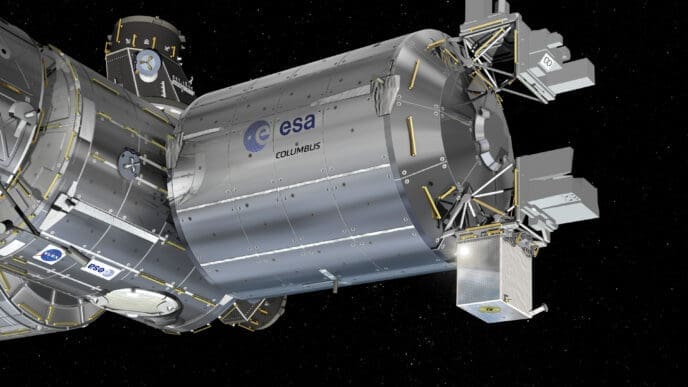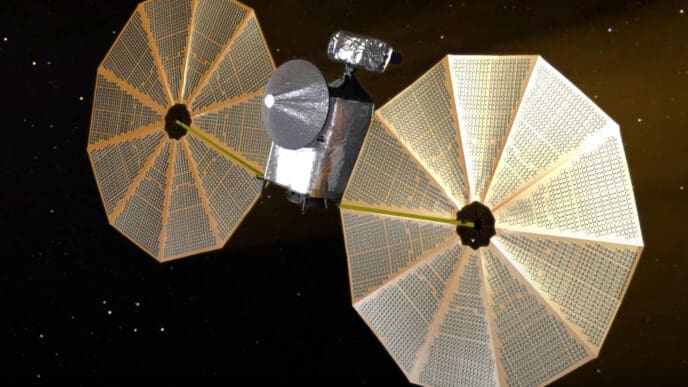NASA has announced a month’s delay in the Crew Dragon’s new mission, affecting astronauts on the International Space Station.
NASA has delayed the launch of the Crew-10 mission to the International Space Station (ISS), originally planned for February, pushing it to late March at the earliest. This delay results from the additional time required to ready a new Crew Dragon spacecraft. According to Steve Stich, NASA’s commercial crew program manager, completing the fabrication, assembly, and testing of a new spacecraft is a meticulous process demanding significant attention to detail. He acknowledged the dedication of the SpaceX team in expanding the Dragon fleet to support ongoing missions and commended the flexibility of the station’s program and crews during this adjustment period.
The new Crew Dragon will join the existing fleet, which includes three cargo Dragon spacecraft, marking it as the fleet’s fifth addition. Sarah Walker, SpaceX’s director of Dragon mission management, mentioned in July that the spacecraft was nearing the end of its final assembly at SpaceX’s Hawthorne, California factory. It was expected to be transported to Florida soon for final mission preparations. NASA’s statement notes that the spacecraft is likely to arrive at SpaceX’s Florida processing facility in January, though specific issues causing the delay were not disclosed. Possible alternatives considered included using another Crew Dragon or making unspecified manifest adjustments before ultimately deciding on the delay.
Despite the delay, the Crew-10 mission will proceed with the previously assigned team: NASA astronauts Anne McClain and Nichole Ayers, JAXA astronaut Takuya Onishi, and Roscosmos cosmonaut Kirill Peskov. Meanwhile, the extended mission offers extra time in orbit for the Crew-9 team. NASA astronaut Nick Hague and Roscosmos cosmonaut Aleksandr Gorbunov were part of the initial Crew-9 Dragon launch in late September.
NASA decided in August that astronauts Suni Williams and Butch Wilmore, who reached the station in June on Boeing’s CST-100 Starliner, would remain on the ISS and the Starliner would return to Earth without a crew due to thruster concerns. This decision has led to frequent characterizations of the two astronauts as ‘stuck’ on the station, though NASA has consistently stated they always had emergency return options. The current delay means their stay could extend to about 10 months, with Crew-10’s launch anticipated for late March and Crew-9’s return after an ISS handover in early April.
The plan to deploy a new Crew Dragon was one reason why Wilmore and Williams have not returned earlier. Various options for their return were discussed, and it was concluded that returning on Crew-9 was optimal despite requiring adjustments to the original plan. Preparations for the new Crew Dragon precluded moving up the Crew-10 launch to an earlier date, as explained by Stich in a September briefing.
This delay in the Crew-10 mission arises from the careful preparation of a new spacecraft, extending the mission timeline for current ISS crew members.
Source: Spacenews












